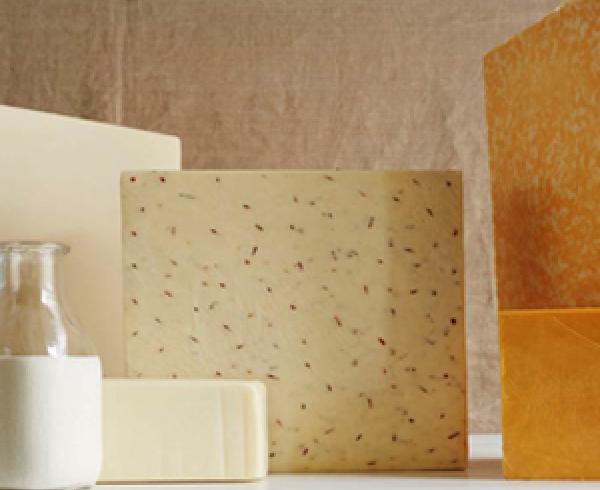Cheese Market Growing with Consumer Demand
Retail cheese sales grew around the globe last year as more consumers ate from home during COVID lockdowns, with new product launches becoming a major category trend. In Australia, new cheese products saw exponential growth, with 263 new cheese launches in 2020 compared to 132 the year before.1
The retail cheese market in Australia and New Zealand reached $2.4 billion last year, with a 1% CAGR forecast from 2020 to 2025.2 Cheese growth in the region is being driven by demand for unprocessed cheese. Unprocessed cheese is estimated to grow by 2% during the forecast period, while processed cheese is expected to decline by 4%.3 Both hard and soft cheeses (mostly unflavoured versions) are growing in new product launches in the region.4
A Look at Trends in Cheese
As cheese brands seek to appeal to Australian and New Zealand consumers, they’re turning to a variety of strategies ranging from new flavours to e-commerce of local artisanal cheese. But the ones that seem to be resonating the most are tapping into consumers’ concerns around health as well as sustainability.
Here’s a look at cheese trends in the Australian-New Zealand market:
1. Clean Label
Clean label claims are on the rise in cheese. Claims include no additives/preservatives, free from added/artificial flavourings, and free from added/artificial coloring. While these claims have been steadily increasing in new product launches of cheese over the past few years, there was a significant jump between 2019 and 2020.5





